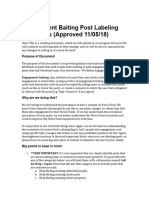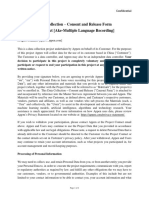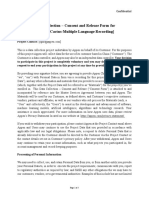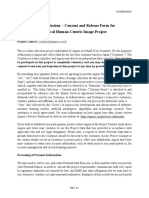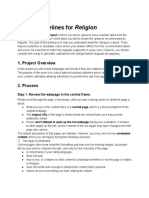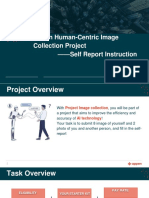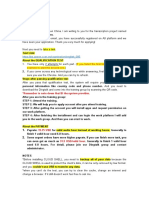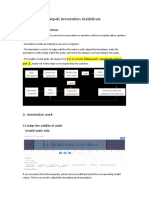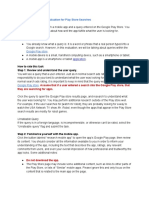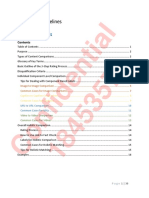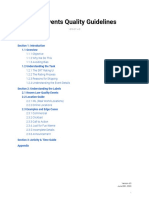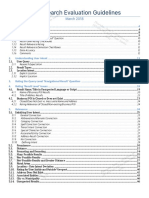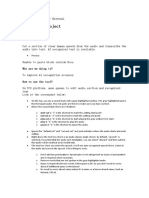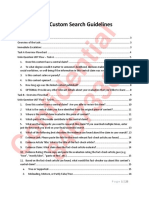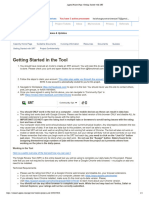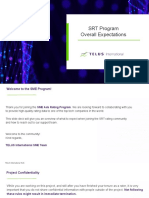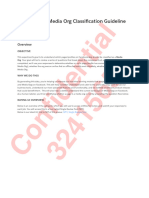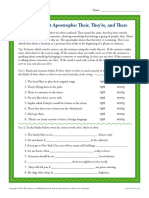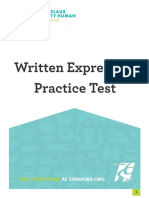0% found this document useful (0 votes)
209 views7 pagesOmni Project Summarized Rules
Project Omni focuses on AI conversation labeling through a structured 12-turn interaction with an AI agent on the SRT platform, emphasizing coherence, language quality, and adherence to guidelines. Evaluations are based on grammar, presentation, language consistency, and fluency, with a strict rejection policy for inappropriate content. The project aims to ensure accurate and engaging AI responses while maintaining compliance with legal and ethical standards.
Uploaded by
sharma.chandni1201Copyright
© © All Rights Reserved
We take content rights seriously. If you suspect this is your content, claim it here.
Available Formats
Download as PDF, TXT or read online on Scribd
0% found this document useful (0 votes)
209 views7 pagesOmni Project Summarized Rules
Project Omni focuses on AI conversation labeling through a structured 12-turn interaction with an AI agent on the SRT platform, emphasizing coherence, language quality, and adherence to guidelines. Evaluations are based on grammar, presentation, language consistency, and fluency, with a strict rejection policy for inappropriate content. The project aims to ensure accurate and engaging AI responses while maintaining compliance with legal and ethical standards.
Uploaded by
sharma.chandni1201Copyright
© © All Rights Reserved
We take content rights seriously. If you suspect this is your content, claim it here.
Available Formats
Download as PDF, TXT or read online on Scribd
/ 7
















